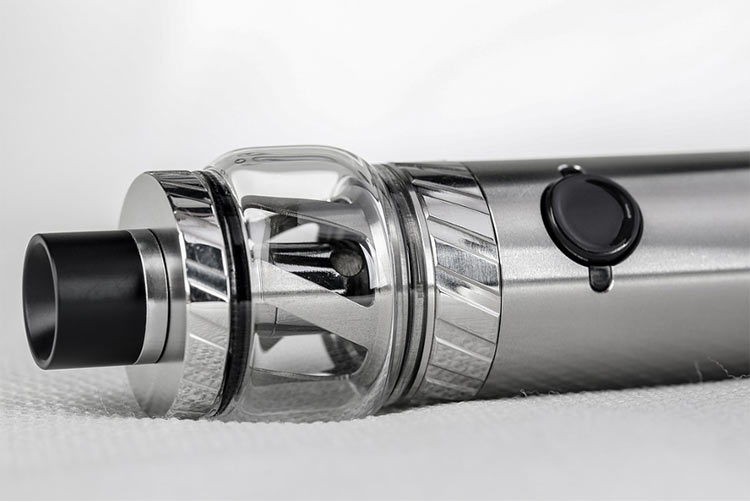Table of Contents
Last Updated on April 28, 2022 by Team Spinfuel
For most of the past decade, vaping has seen remarkable growth in the United States and has provided countless entrepreneurs with the ability to start new businesses in the process.
 Royalty Free Photo
Royalty Free Photo
While essentially unregulated for years, vaping accessories and liquids are increasingly being placed under the purview of the Food and Drug Administration (FDA). With changes made to vaping regulations in 2016, the ENDS Act now creates a variety of burdens and obstacles for anybody wishing to manufacture or sell select vaping materials.
Here’s what you need to know before deciding to pursue a vaping-related business in the US.
Become Familiar with ENDS
Arguably the single biggest obstacle facing vaping entrepreneurs today is the ENDS Act. Implemented by the FDA in 2016, the ENDS Act is designed to regulate non-combustible tobacco products. This means vaping juices or e-liquids, a variety of accessories, as well as the tank systems or mods used with them. ENDS stands for electronic nicotine delivery systems.
ENDS is incredibly complex regulation for manufacturers of vaping-related products, and still somewhat complex even for those who simply resell them. Among some of the biggest issues vaping entrepreneurs may face: mandatory disclosures on packaging that specify the addictive properties of nicotine, specific permitting requirements for any liquid or device to be manufactured or sold, and restrictions on select flavors that can be sold (though this has temporarily been placed on hold).
Know About PMTA
Speaking of entrepreneurial hurdles, get ready to learn about PMTA: the premarket tobacco application. Aspiring entrepreneurs definitely need to learn more about PMTA vape products before jumping into the game. Don’t let this seemingly simple name fool you: it’s an incredibly complex and potentially expensive process.
Most often, a premarket tobacco application is relevant in the creation of e-liquids. With the explosion of vaping entrepreneurs seen over the past decade, the premarket tobacco application process is a direct middle finger of sorts against this trend. Why is this the case?
Consider the sheer cost of a PMTA: the FDA itself reports that manufacturers will spend anywhere from $115,000 to $470,000 for just one PMTA. Now imagine having to submit a separate PMTA for every flavor of juice – and a separate one for every nicotine level of each flavor!
Invest in Market Research
Given the sheer level of costs associated with creating new vaping products, it is arguably more important than ever to do proper market research. Prospective vaping entrepreneurs who don’t want to waste large sums of money will need to collaborate with representative groups within their target audiences to figure out which products are most likely to be successful. Of course, they will also need to conduct market research to determine who exactly their target audiences are in the first place!
At any rate and with the amount of regulation and fees associated with PMTA and ENDS in general, entrepreneurs don’t want to make a misstep. As such, basic vaping market research is only the beginning: to ensure products are optimized as much as possible for the new reality of vaping, investing a sizable amount of time and resources into the practice is practically mandatory.
There have certainly been periods in which it would have been easier to become an entrepreneur in the vaping industry, but there is still time and opportunity. However, navigating the large number of obstacles from both government regulation and private competitors will require upfront research, education, and planning in order to be successful.[/vc_column_text][/vc_column][/vc_row]








